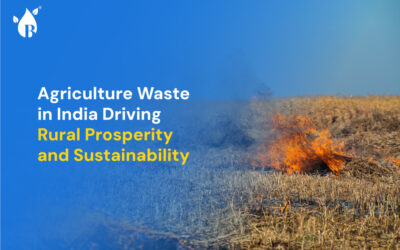
7 years from now, every 3rd person you know will most likely drive an electric vehicle in India. And there’s a good chance you will own one yourself. Isn’t it exciting? You would have seen it all from Ambassadors to the latest electric cars and everything between.
What Is 30% EVs by 2030?
In late 2021, Union minister Nitin Gadkari announced India’s EV targets for the next decade. India has set a target that 30% of private cars (the cars you and I drive), 70% of commercial cars (vehicles that transport goods and materials), 40% of buses and 80% of two and three-wheelers to be electric vehicles by 2030.
That’s almost 8 crore EVs. With the few OLAs and Athers we see on the roads today, this number is still far from reality.
Will EVs Impact the Electricity Demand in India?
Electric vehicles don’t use petrol or diesel but depend on electricity to recharge their batteries. While fuel consumption goes down, electricity consumption will increase. There’s already a high demand for electricity. India’s electricity consumption grew by 13.6% in November 2022.
Based on Brookings report on Electrifying Mobility in India, EVs will account for 1.3% of overall electricity demand. This is for the goal of 30% EVs by 2030. And when 100% of our vehicles are electric, it will account for 4.8%.
Can We Meet the Increasing Electricity Demand?
Over 40% of electricity is generated by coal. As fossil fuel reserves are getting thinner with time, we can’t rely on them in the long run. Renewable sources like solar, wind and biofuels can save the day.
To move towards cleaner energy, India has set a goal to generate 40% of electricity from non-fossil fuel resources by 2030. When biofuel and other renewable forms become a primary resource for electricity generation, not only can we meet the electricity demand but also reduce carbon emissions significantly.
What Can Biofuels Do for EVs’ Electricity Demand?
As of October 2022, we were behind on solar and wind targets. But we’d already achieved the biomass power generation target. Globally, bioenergy’s contribution to energy demand is 5 times higher than wind and solar combined.
Related read: What is biomass? Is it really a renewable source of energy?
All this tells us that bioenergy and biofuel potential is huge. It can be streamlined to meet EV’s and general electricity demand.
A study published by Science suggests that an electric vehicle powered from biomass electricity will travel 81% more than a fuel vehicle powered by ethanol. Setting up more biomass plants for electricity generation will be a huge win in reducing pollution and carbon emissions.
Increased electricity demand will not hit the brakes for EVs. Instead, it will bring biofuel-based electricity generation to the centre stage. That’s good news. It provides an accelerated path to a cleaner and more sustainable future.
At Buyofuel, we’re investing in the biofuel industry so you can drive electric vehicles without a worry in the next decade. Now, tell us, will you invest in an electric vehicle?



